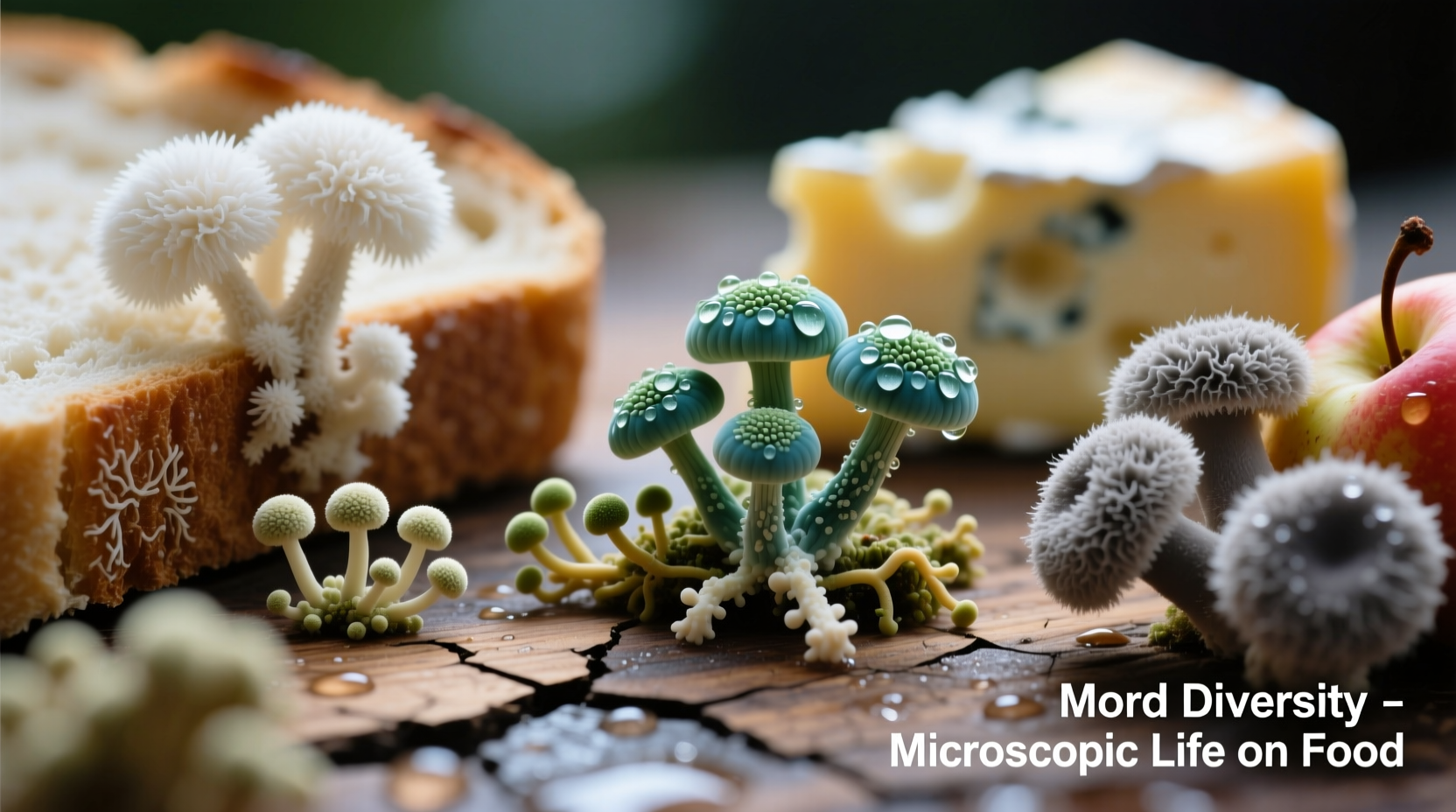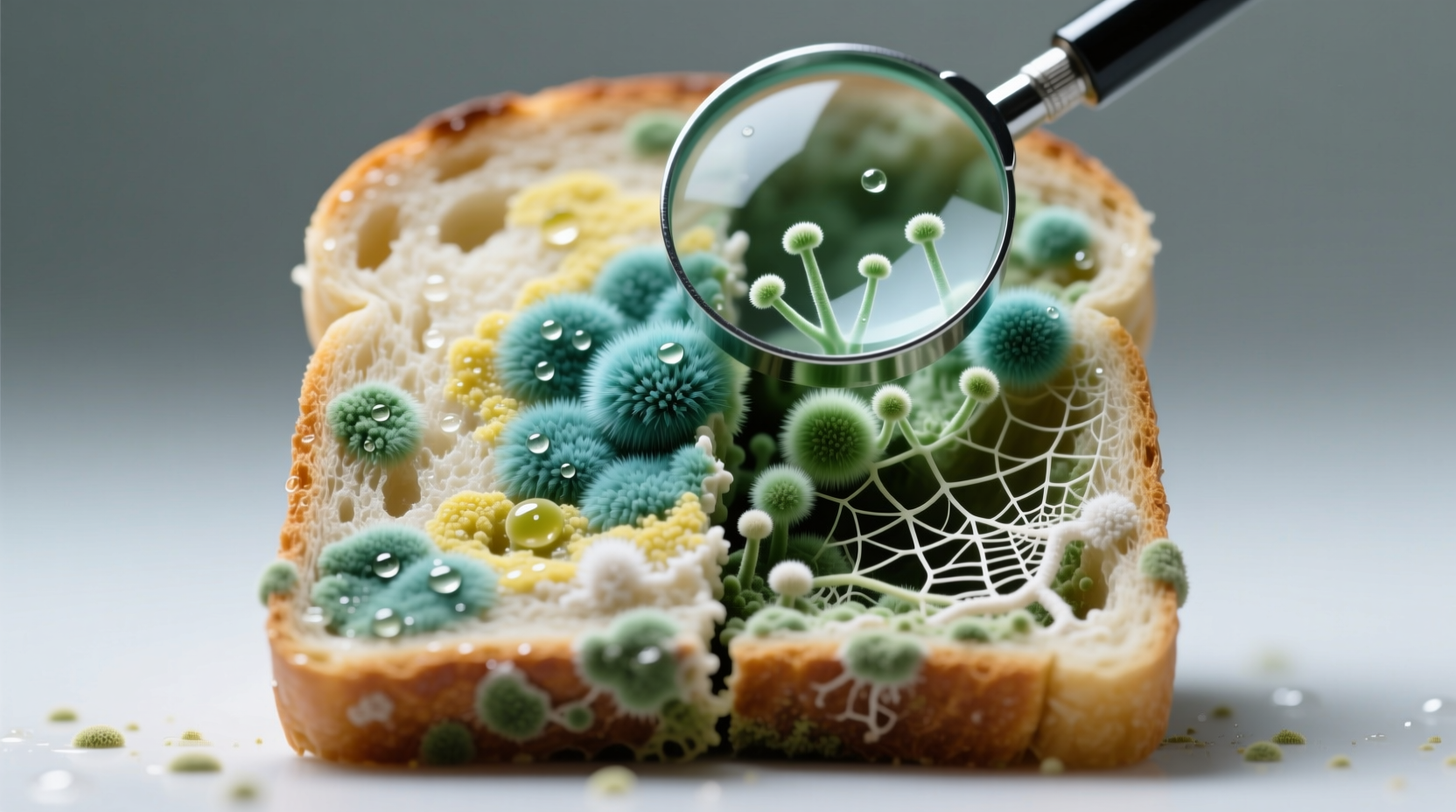Discovering mold on your food raises immediate concerns about safety and what to do next. This guide provides science-backed information about mold's sensory properties while prioritizing your health and safety. You'll learn why tasting mold is dangerous, what to do if accidental exposure occurs, and how to properly handle moldy food according to food safety experts.
The Serious Risks of Tasting Mold
While curiosity about what mold tastes like is understandable, intentionally tasting mold exposes you to significant health hazards. Mold produces mycotoxins—poisonous substances that can cause immediate and long-term health problems. The Centers for Disease Control and Prevention (CDC) warns that ingesting mold can trigger allergic reactions, respiratory issues, and gastrointestinal distress.
"Mold isn't just a surface issue," explains Dr. Rachel Green, a food safety specialist at the FDA. "Even when you remove visible mold, microscopic roots may have penetrated deep into food, carrying harmful toxins you can't see."

What Mold Actually Tastes Like (Based on Scientific Evidence)
Despite the risks, understanding mold's sensory properties helps identify contaminated food. Research published in the Journal of Food Protection confirms that mold typically produces bitter, musty, or earthy flavors. These unpleasant tastes serve as nature's warning system—our taste receptors evolved to detect potentially harmful substances.
Different mold species create distinct flavor profiles:
| Mold Type | Common Locations | Taste Profile | Health Risk Level |
|---|---|---|---|
| Penicillium | Cheese, bread, fruits | Sharp bitterness | Moderate to high |
| Aspergillus | Nuts, grains, spices | Earthy, musty | Very high (aflatoxins) |
| Cladosporium | Vegetables, baked goods | Mildly bitter | Low to moderate |
| Stachybotrys | Rare in food (common in water-damaged buildings) | Extremely bitter | Severe |
This FDA fact sheet on molds in food confirms that bitterness serves as nature's warning signal—our evolutionary defense against consuming harmful substances.
What to Do If You Accidentally Taste Mold
Accidental exposure happens. If you've tasted moldy food, follow these immediate steps:
- Spit out the food immediately and rinse your mouth thoroughly with water
- Do not swallow—this minimizes toxin absorption
- Drink plain water to further dilute any residue
- Monitor for symptoms including nausea, vomiting, or allergic reactions
Seek medical attention if you experience:
- Difficulty breathing within 30 minutes
- Severe abdominal pain
- Persistent vomiting
- Signs of allergic reaction (hives, swelling)
How to Properly Handle Moldy Food
Food safety protocols vary by food type. The USDA provides clear guidelines for handling mold contamination:
| Food Category | Action Required | Scientific Reasoning |
|---|---|---|
| Hard cheeses (Cheddar, Swiss) | Cut off at least 1 inch around and below mold spot | Dense structure limits mold penetration |
| Soft cheeses (Brie, cottage) | Discard entire product | High moisture allows mold roots to spread invisibly |
| Bread and baked goods | Discard entire product | Mold travels through porous structure beyond visible spots |
| Fruits and vegetables | Discard soft produce; cut hard produce generously | Soft items like tomatoes harbor hidden contamination |
For comprehensive guidance, consult the USDA's official mold safety guidelines, which detail specific handling procedures for over 30 food categories.
Preventing Mold Growth in Your Kitchen
Proactive prevention protects your health:
- Maintain refrigerator temperature below 40°F (4°C)
- Store leftovers in airtight containers within 2 hours of cooking
- Check expiration dates regularly—don't rely solely on "best by" labels
- Use the "first in, first out" principle for pantry items
- Inspect food thoroughly before consumption, especially high-risk items like berries and soft cheeses
Remember that mold detection isn't just about taste—trust your senses. If food looks unusual, smells off, or has any visible mold, discard it immediately. Your health is worth more than saving a questionable meal.











 浙公网安备
33010002000092号
浙公网安备
33010002000092号 浙B2-20120091-4
浙B2-20120091-4